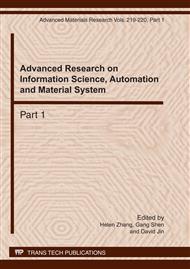p.1354
p.1359
p.1363
p.1367
p.1371
p.1375
p.1379
p.1383
p.1389
Damping Controller Based on Output Prediction Observer and LMI Method
Abstract:
To damp the inter-area low-frequency oscillation in power systems, a wide-area damping supplementary inter-area controller, based on output prediction observer and LMI method, was designed in this paper. Simulation results of a test system show that the wide-area damping controller can well damp inter-area low-frequency oscillation, and is insensitive to time-delay to some degree.
Info:
Periodical:
Pages:
1371-1374
Citation:
Online since:
March 2011
Authors:
Price:
Сopyright:
© 2011 Trans Tech Publications Ltd. All Rights Reserved
Share:
Citation:


